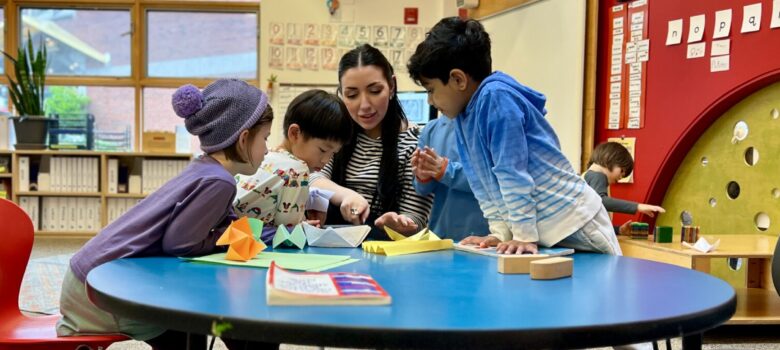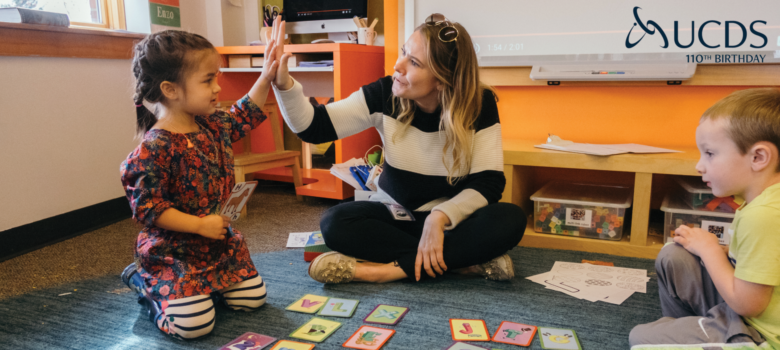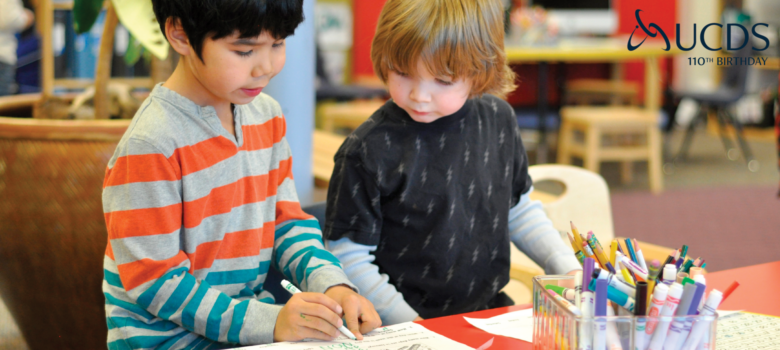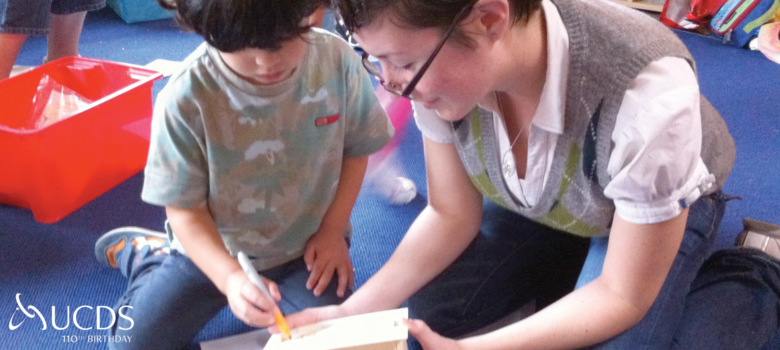by Kimberly Mitchell, Teaching Associate at University of Washington and Founder, Inquiry Partners
Culture is the embodiment of a community’s shared driving purpose. In schools, this purpose is ideally driven by the unique needs of students, families and staff. To create and define positive school culture, administrators and teachers must start by identifying these needs, recognizing community assets, and making sure every decision reflects them.
Whether it is clearly defined, intentionally created or not, culture is present at every school. Culture is about implicit and explicit agreements, and defines the way that a school community works together. Culture is manifest in how people enter the building, what they eat and who they sit with at lunch, and who speaks and how much inside classrooms. It impacts the experience of everyone: staff, students, families and the community.
Throughout my career, I’ve come to appreciate more and more the importance of defining and elevating school culture. When we can define, identify, and question our school culture, we can become advocates for its continual improvement.
To improve it, we must first define school culture
School culture is as obvious and invisible as the air we breathe, which is its very challenge.
There are many ways to understand school culture. Tracking, for example, who is doing most of the talking in class (students or teachers), carefully observing students’ movements in (and out) of class, or regularly asking students and parents for anonymous feedback through surveys can all help shine a light on culture.
One of the most powerful ways of gaining a better understanding of an existing culture is to shadow a student throughout their entire school day. A now-viral post from educator Alexis Wiggins demonstrates the power of stepping into the students’ shoes. Wiggins transformed her experience by identifying culture, first and foremost.
Teachers are the biggest advocates
When we can name elements of school culture, we can do something about it. New or experienced, teachers can be intentional about how their instruction impacts the overall culture of their school. Involving students in the learning process and giving teachers an opportunity to make that happen (I call it inquiry-based instruction) is one of the most powerful cultural changes a school can make.
Each of us may have a slightly different definition of inquiry-based instruction. I see inquiry as part-disposition and part skill set. The purpose of inquiry is to promote student curiosity; to have them asking the questions and seeking the answers. The teacher’s role is to design and guide experiences that promote student discussion and collaboration as they seek answers, or expand their understanding.
When we’re creative and thoughtful in our instruction, students notice. In a positive school culture, I see teachers creating an emotional bonds with and between students and their families. To take a lesson from improvisational theater, when we rid ourselves of the “yes, but…” mindset, and shift towards “yes, and…” Everyone feels respected; and when we feel respected, we can take risks and push each other’s thinking.
No matter the career, everyone is at risk for falling into a rut. It can be eye-opening to get meta-cognitive about what’s really happening in our work environment, and see if it matches to our beliefs. By asking reflective questions, we can recognize what needs to be changed.
Collaboration matters when defining school culture
An elevated school culture will reflect the reality of the community it serves. Being aware of students’ situations is a necessary step in relationship-building. We can’t afford to be disengaged.
For example, Seattle is a rapidly growing urban population. What is a school’s role in addressing social and racial justice issues with students? How do we include these in curriculum? Who does the school serve; who is left out?
Strive for continuous improvement
Traditional school models tend to be dug-in, but they are human created – they are changeable. Professional development can help educators stay on the cusp of new trends, hone their skillset and strengthen their pedagogy. But this only takes us so far. Defining and becoming aware of school culture means going beyond curriculum and instruction, and the four walls of individual classrooms.
During the UCDS College for School Culture’s Master of Education program design process, we collaborated to analyze work culture and what it means. After creating a map of the leading progressive teacher training programs in the United States, we identified patterns and innovations to create something unique. It was a thoughtful and purposeful project, made possible with colorful Post-Its and plenty of wall space. UCDS is a real-world example of ‘walking the talk.’ During the design process we continually spoke to the culture we created and maintained as a design team.
Culture permeates everything we do. It takes courage to expose it. To truly elevate culture, we must be comfortable defining it, and work together to strengthen it.







